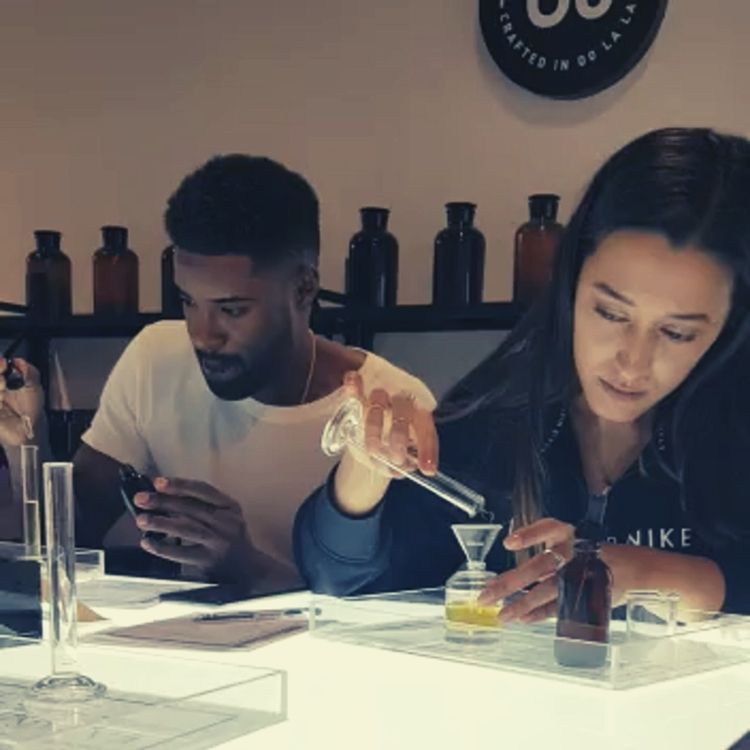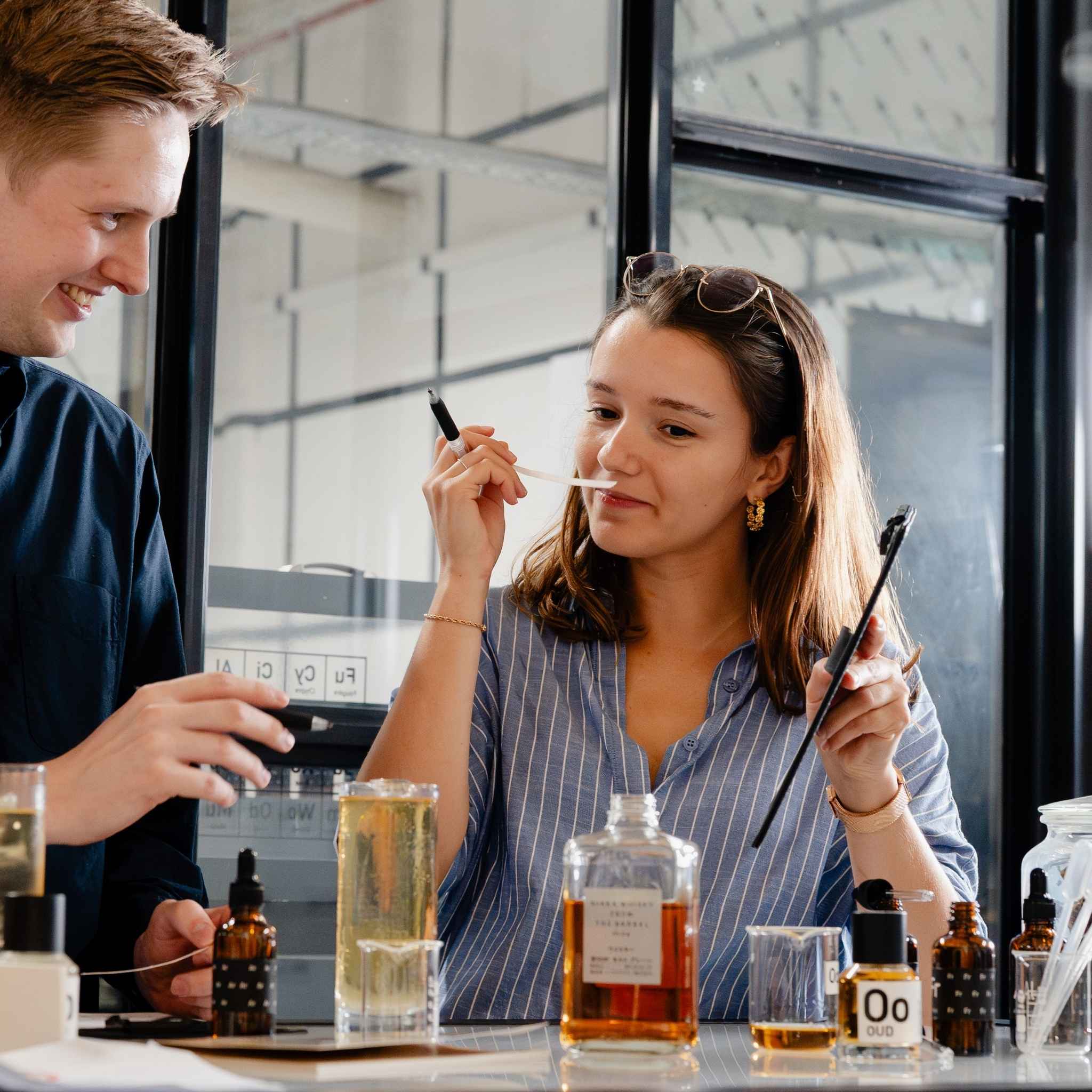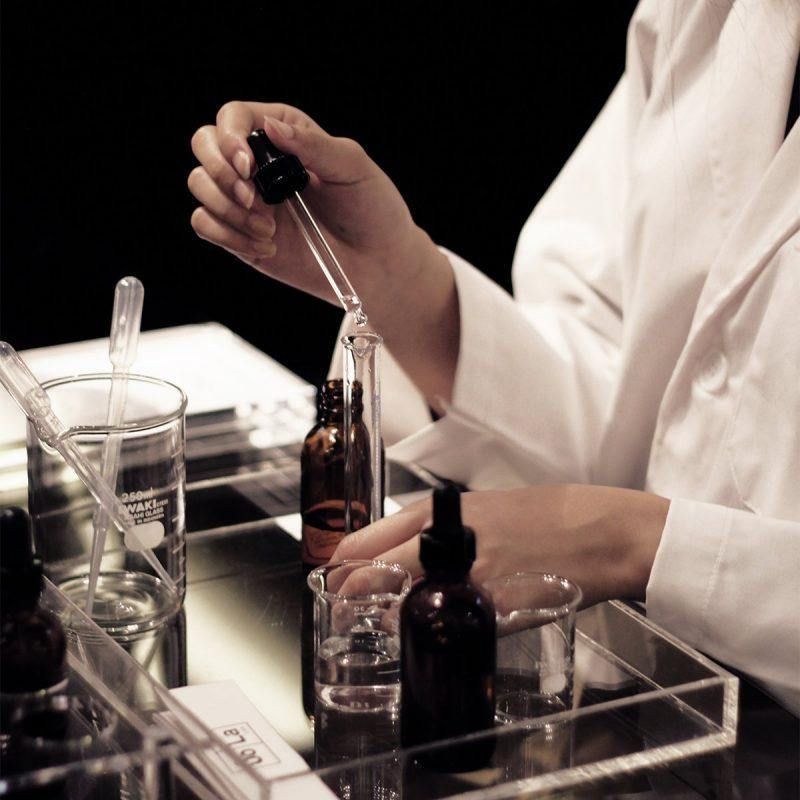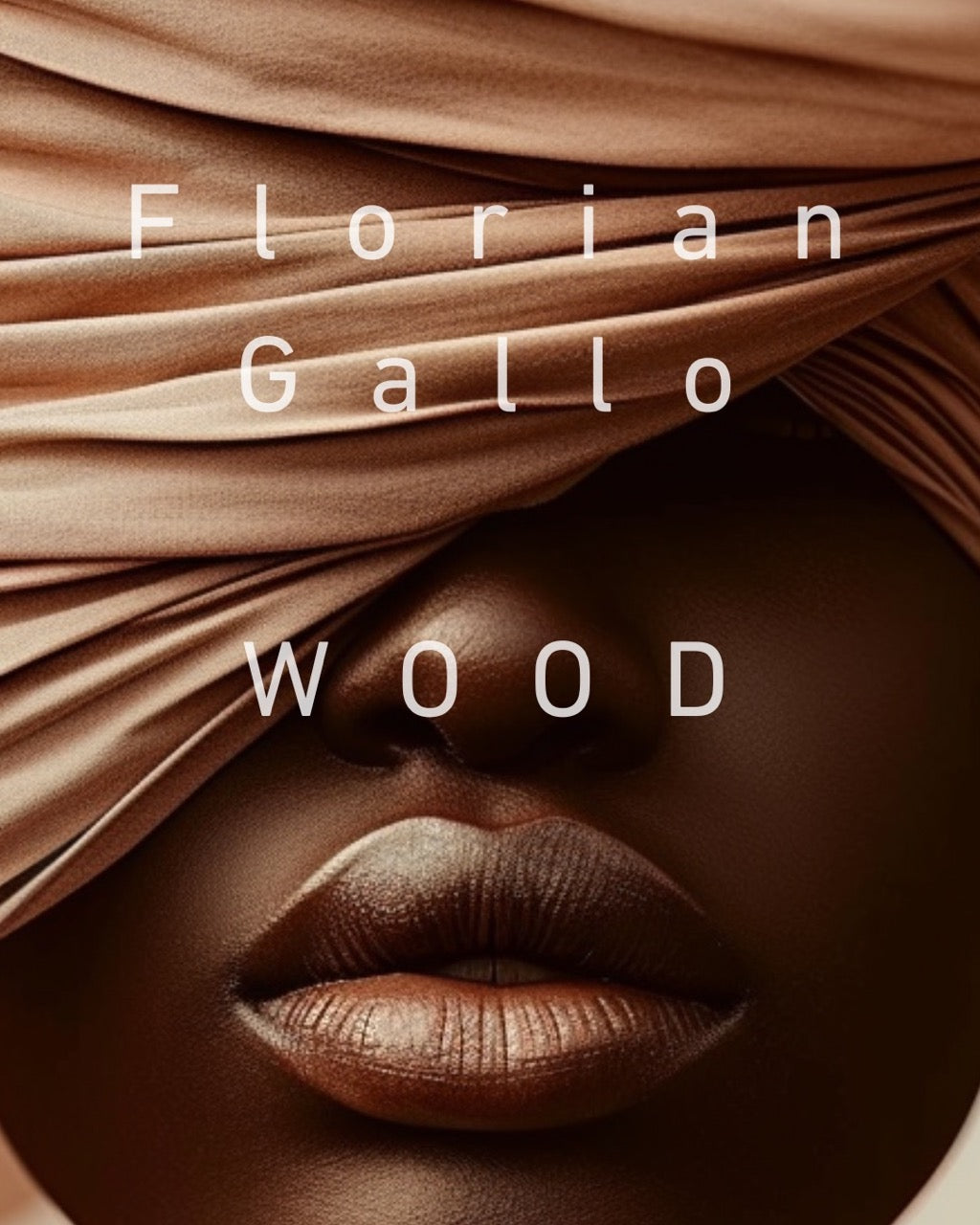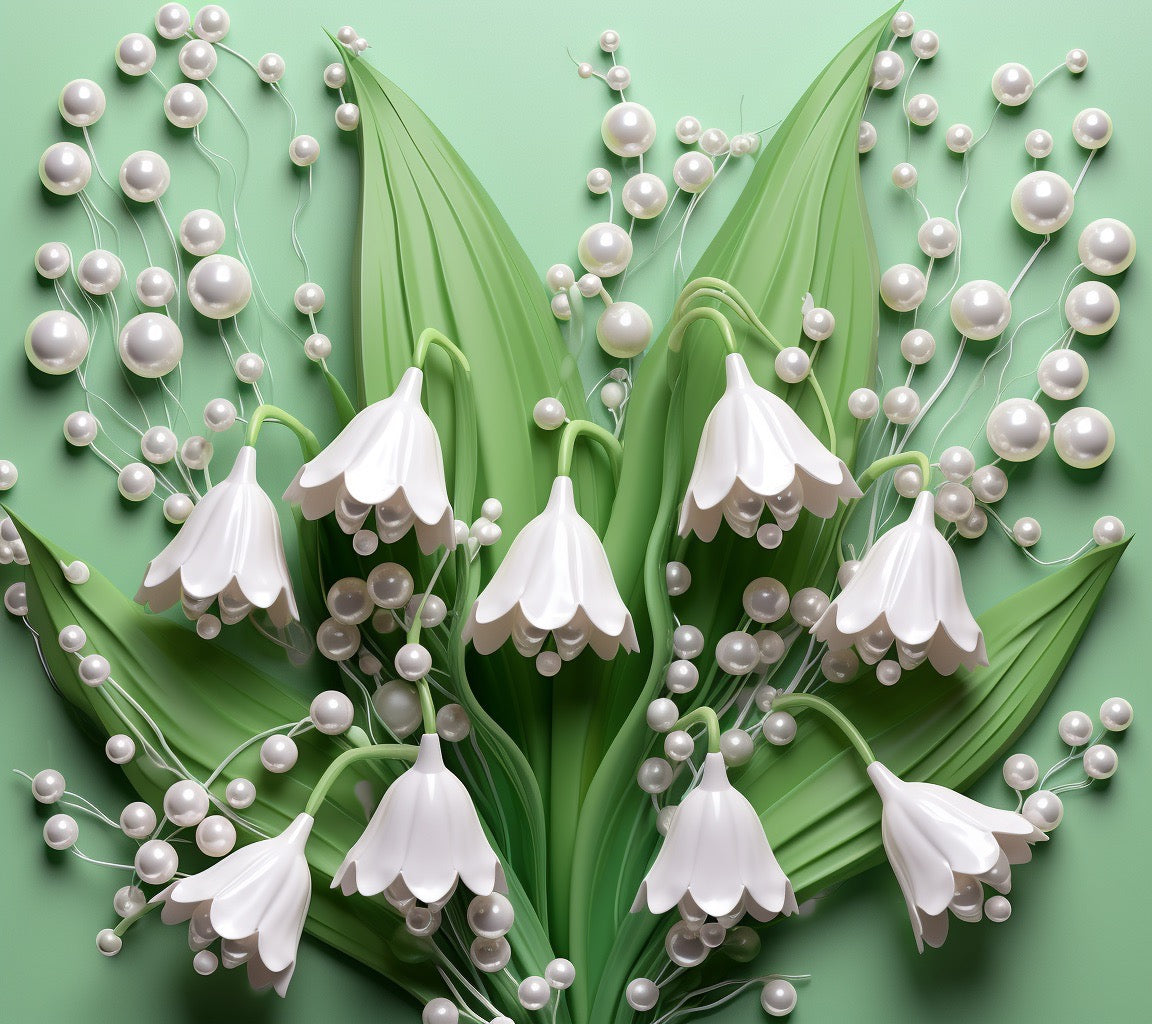The Perfumed Silk Road: A Journey of Scent and Culture
By Dan Terry
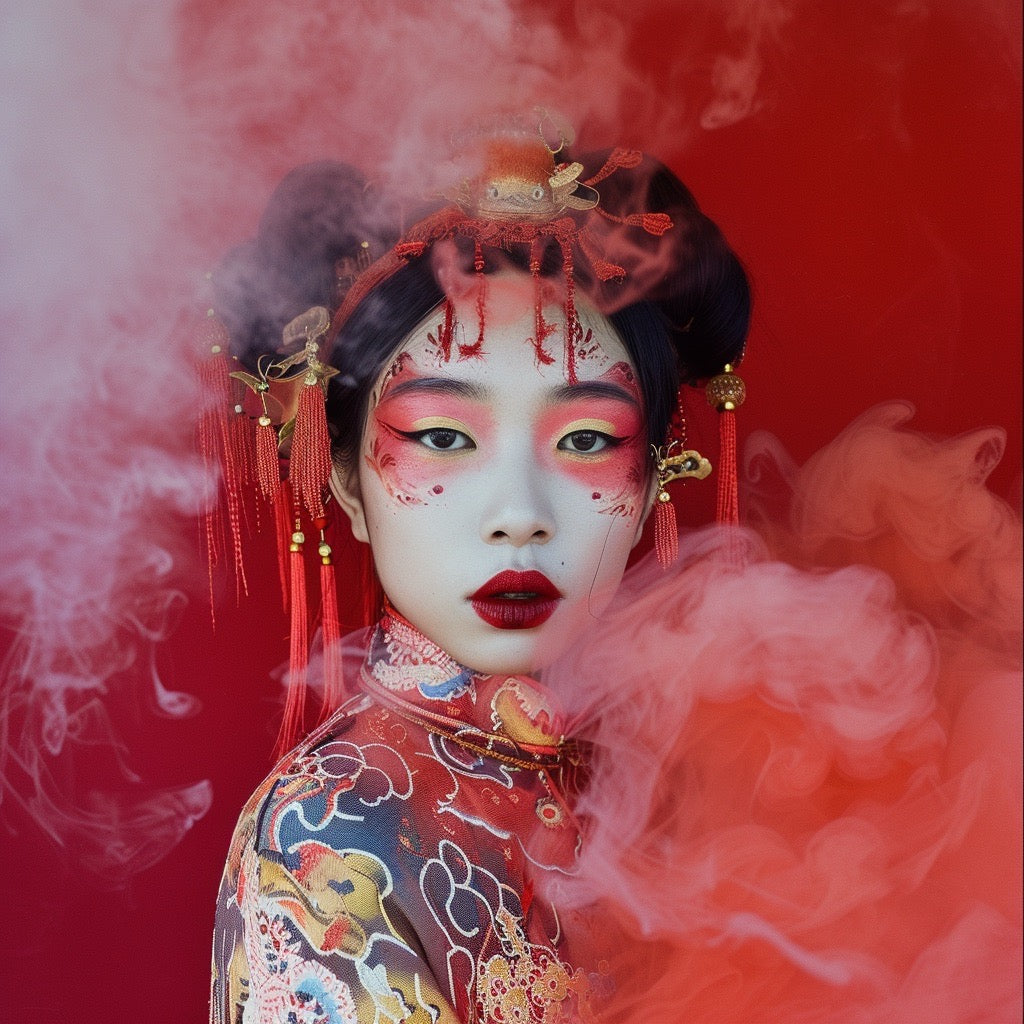
In the ancient world, the Silk Road was more than just a trade route—it was a conduit for the exchange of ideas, cultures, and, of course, exotic goods. Among these treasures were the raw materials essential to perfumery, each one telling a story of its own.
One of the most intriguing aspects of this fragrant trade was the exchange between Asia and the Middle East, which gave rise to what we now know as oriental perfumes. These perfumes, rich in spices, resins, and exotic florals, were a result of the blending of these two distinct aromatic traditions.
From Asia, ingredients like sandalwood, patchouli, and jasmine made their way westward, while the Middle East offered precious resins like frankincense and myrrh, as well as exotic spices such as cinnamon and cardamom. These ingredients were not just commodities but cultural symbols, embodying the essence of their respective regions.
The blending of these aromatic treasures along the Silk Road led to the creation of perfumes that were not just scents but stories, each one a testament to the rich tapestry of cultures that existed along this ancient trade route. The oriental perfumes that emerged from this exchange were bold, complex, and evocative, reflecting the diverse landscapes and traditions of the lands they represented.
Today, the legacy of the Silk Road lives on in the world of perfumery, where the exotic scents of the East continue to inspire and captivate. As we explore these fragrances, we are not just experiencing a scent but embarking on a journey through time and culture, where every perfume tells a story of its own.

